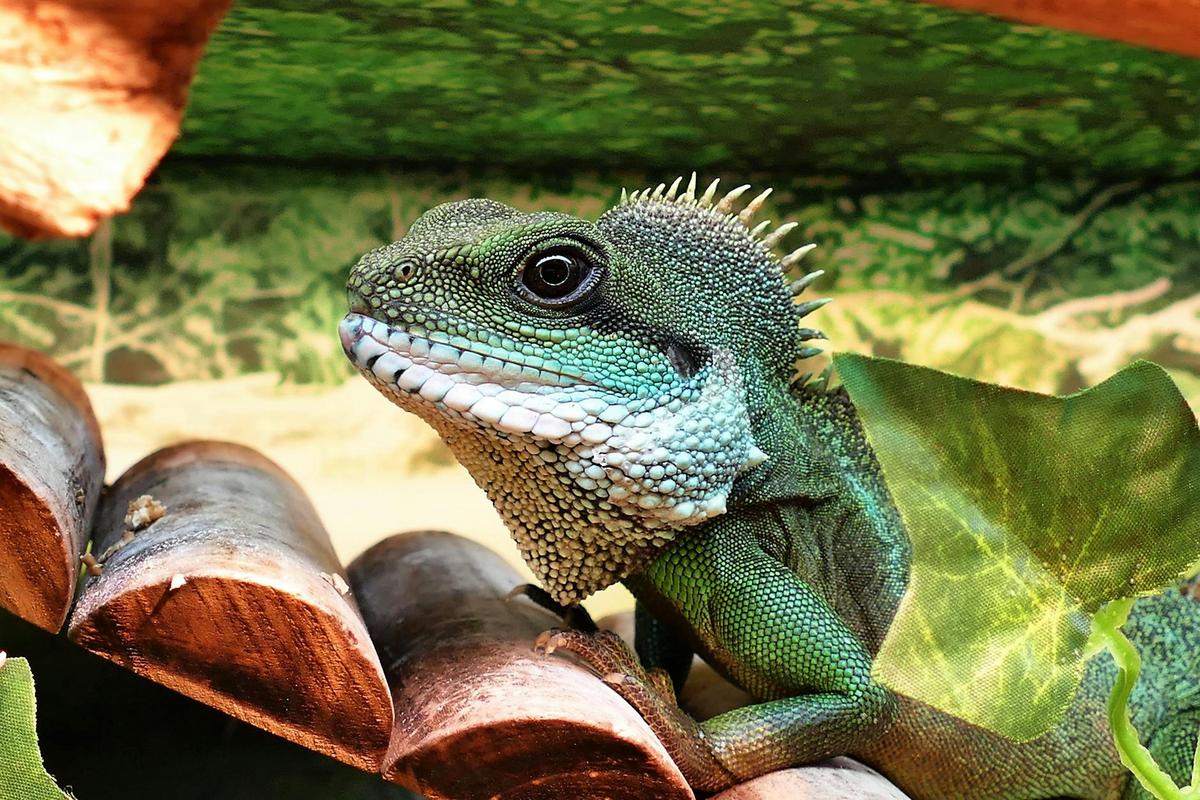
Understanding Amphibian Needs: A Frog Owner’s Guide
Caring for amphibians, particularly frogs, can be a fascinating venture that combines the allure of exotic pets with the intricacies of their unique needs. Understanding these needs is crucial for ensuring that your amphibian friend thrives in its environment.
Understanding Amphibian Needs
Frogs are not your everyday pets; they require specific conditions to mimic their natural habitat. According to Dr. Mark Smith, a herpetologist, ‘Creating a habitat that reflects the natural environment of frogs is essential for their well-being.’ This means considering factors such as temperature, humidity, and diet.
Habitat Requirements
Frogs need an environment that closely resembles their natural habitat. This includes maintaining the right temperature and humidity levels. For example, tree frogs require high humidity, around 70-100%, whereas desert species may need less. Investing in a good hygrometer and thermometer is crucial.
| Species | Temperature | Humidity |
|---|---|---|
| Tree Frog | 72-78°F | 70-100% |
| Dart Frog | 74-80°F | 80-100% |
| Toad | 70-75°F | 50-70% |
| Pacman Frog | 75-85°F | 60-70% |
| Fire-Bellied Toad | 72-78°F | 60-80% |
| White’s Tree Frog | 68-75°F | 50-60% |
| Leopard Frog | 65-75°F | 40-60% |
| Red-Eyed Tree Frog | 75-85°F | 75-100% |
Feeding Your Frog
Feeding your frog a balanced diet is essential. Most frogs are insectivores, which means they thrive on a diet of live insects such as crickets and mealworms. It’s important to ensure that these insects are gut-loaded with nutritious foods before feeding them to your frog.
Consider dusting your frog’s food with a calcium supplement to prevent nutritional deficiencies.
Cleaning and Maintenance
Regular cleaning of the frog’s habitat is vital to prevent the build-up of bacteria and fungi. A weekly cleaning schedule, which includes changing the water and wiping down surfaces, can help maintain a healthy environment.
Personal Anecdote
When I first got my tree frog, I didn’t realize how crucial humidity was until I noticed its skin drying out. After adjusting the terrarium’s humidity, my frog’s health improved significantly. This experience taught me the importance of research and preparation in amphibian care.
Frequently Asked Questions
How often should I feed my frog?
Most frogs should be fed every 2-3 days, but this can vary depending on the species and age.
What type of lighting do frogs need?
Frogs generally do not require UV lighting, but a regular day/night cycle is essential.
How can I tell if my frog is healthy?
A healthy frog will have clear eyes, smooth skin, and an active demeanor.
Can different frog species be kept together?
It’s best to keep different species separate to prevent stress and disease transmission.
Conclusion
Understanding and meeting the needs of your frog can lead to a rewarding pet ownership experience. By creating a suitable habitat, providing a balanced diet, and maintaining cleanliness, you are setting the stage for your frog to thrive. For further reading, consider checking out Amphibian & Reptile Conservation for more detailed guidance on amphibian care.


